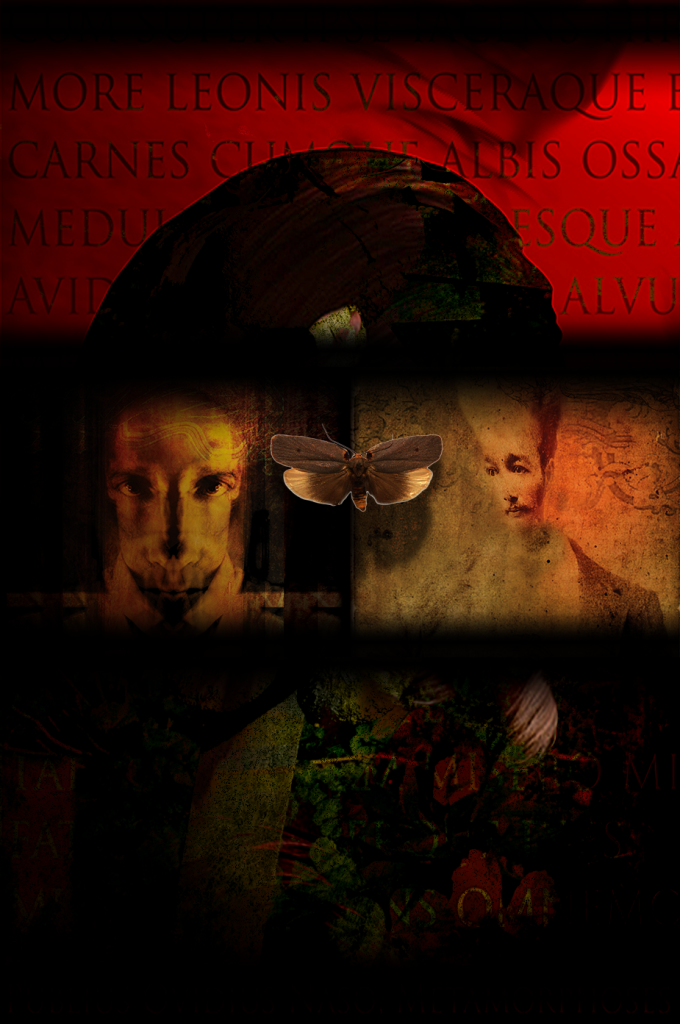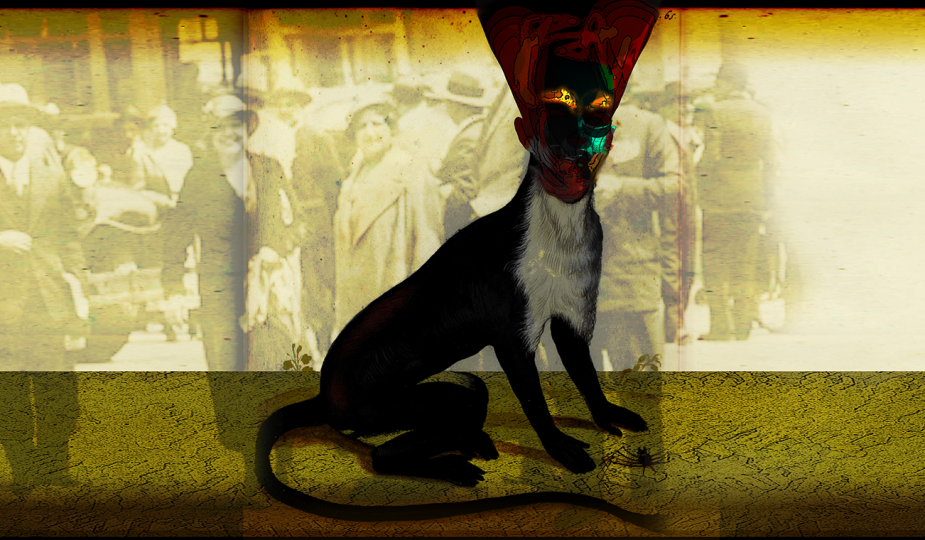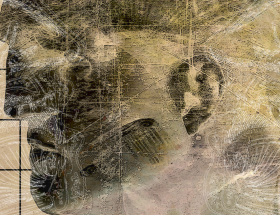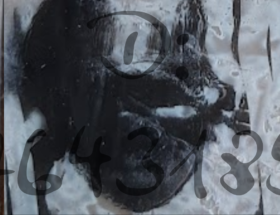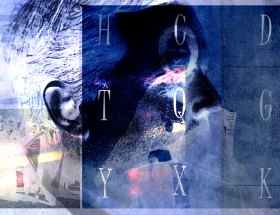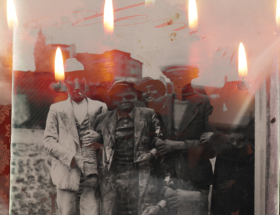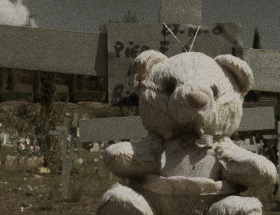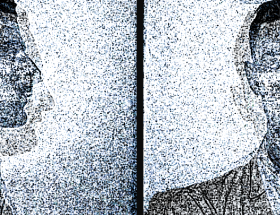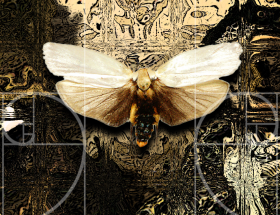In all likelihood, mythic stasis was present during manifest atmospheric feelings when, in the pathways dedicated to the transshipment of spiral flows, the energy of identity and the system of acquired memories came to fade. It was in fact the atmospheric proximity of the Lar that caused electrical excitations in spiral form. Being profitably distributed in the air, the presence of the Lar, propagated toward its target causing in the violated body an irregular distribution of conscious self-presence and bringing, as a consequence, disturbances in the functions proper to orientation.
As each contact attempted by the Lar approached, the subject perceived the need to reach a state of mythological alteration.
The transformation, though experienced in the torpor of a vision, displayed forms out of the ordinary. The stuporous condition, in all likelihood, was experienced as an indisputable reality. A vivid and truthful perception that imposed on the subject a suffered conflict of estrangement from familiar memories. When sure that he was in full control of his faculties he pointed out to his surroundings and the whole world that he had changed under the influence of the divided cause of the facts.
It often happened to feel assaulted by deep states of mutation, which misrepresented themselves especially when these ancestral variations acted on the organism that drove back from itself the reasoning to release the invincible animal that dwells in the depths of everyone by spreading violent and frightening behavior.
The beasts that needed the flesh of others, frightening the voracious enemies let out a supreme cry, an expression of a necessity to survival, a compendium of courage and terror.

By limiting logical and reasoning conditions, the subject in the grip of mythic stasis asserted its right to life but ignored the influence of tragedy, a machine with superb transmutation capabilities, which the Lar often used to make its way into over-defined personalities.
This tension that the Lar generated in the subject cannot alone explain how these elective perceptions of mythological character acted and, still do, act on the poor man’s soul. The organism, especially in weaker subjects, is deprived of a portion of the reasoning natural logic that so strongly holds us firm in the world.
The recollective activity in the brain comes to wane so that the atmospheric profusion of memories, being impalpably distributed in the air, decays ruefully to the ground.
The inertia of reminiscences causes in the body an uneven distribution of self-knowledge and world-knowledge and results, consequently, in the disordered generation of metamorphosis.
But albeit in the uncertain world, the subject declares that he wants to descend into action, feeling, for all intents and purposes, artistic and contemporary in his expression.
Experience and mystery is all we know. But we could know much more as long as we stop dwelling on what we should let go of.
